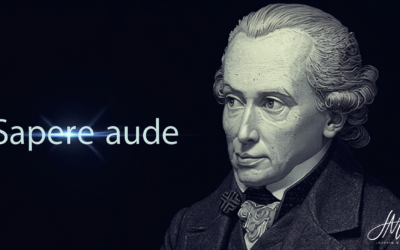The challenges in procurement and the supply chain are manifold and are exacerbated by cultural differences.
- Linguistic and cultural differences can cause misunderstandings.
- Stereotypes and prejudices can impair cooperation and lead to conflicts.
- Different cultural norms require sensitivity and respect.
The Lewis Model, developed by Richard Lewis, offers a helpful method for analyzing and understanding cultural differences. Lewis divides people into three categories based on their behavior: Linear-active, Multi-active and Reactive. These categories help to better understand and effectively manage cultural differences.

[Image: Richard D Lewis]
- Linear-active cultures are generally factual, plan and organize their work carefully and communicate directly.
- Multi-active cultures, on the other hand, value interpersonal relationships, are talkative and emotional.
- Reactive cultures are reserved, polite and react to the actions of others rather than taking action themselves.
Applying the Lewis model to supplier management can help to take cultural differences into account and manage them effectively. It is important to understand supplier behavior and communication styles and respond accordingly.
For example, companies working with suppliers from a linear-active culture may benefit from direct and factual communication. On the other hand, when working with suppliers from a multi-active culture, it might be helpful to build relationships and incorporate emotions into communication. When working with suppliers from a reactive culture, it might be useful to communicate cautiously and politely and respond to the supplier’s actions.
In modern companies with global locations and employees from different cultures, cultural differences are not only important in supplier management, but also in other areas. While globalization has led to a connected world, cultural differences remain.

[Image: Richard D Lewis]
The deglobalization we are seeing today may also lead to states moving away from each other economically, culturally and politically. However, we will still need to work with different cultures. The need to understand and manage cultural differences remains.
Artificial intelligence (AI) plays an important role in this context. AI has the potential to recognize cultural differences and learn how to communicate effectively in different cultural contexts. However, it is crucial to note that humans program AI systems and therefore may reflect the cultural biases and assumptions of the programmers.
In terms of the Lewis model, it could be argued that AI tends to resemble a linear-active culture. It is based on logic and rationality, usually seeking direct and efficient solutions to problems.
Will the AI era be a continuation of the opportunities of cultural diversity as a source of innovation, broadening horizons and increasing creativity and innovation, or will it lead to an accelerated standardization of the global community?
As companies and individuals, we should actively engage with cultural differences to promote inclusive and effective collaboration.






